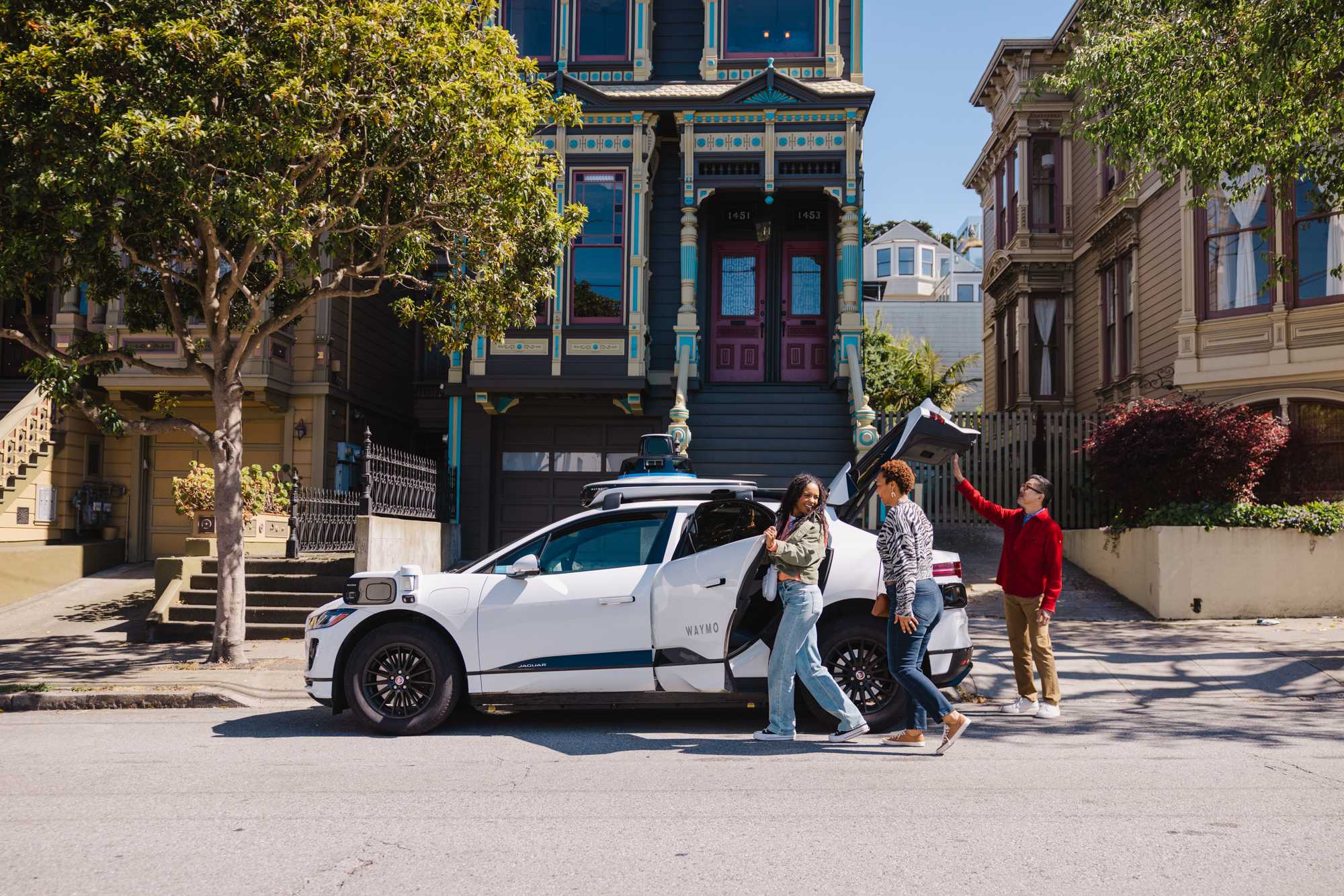Waymo robotaxis are safer than human drivers
May 02, 2025
Waymo’s autonomous fleet logged 56.7 million miles and dramatically outperformed human drivers in almost every crash scenario.

A new peer-reviewed study confirms what we've long believed: self-driving cars aren't just futuristic—they're a safer way to get around. Waymo’s autonomous fleet logged 56.7 million miles and dramatically outperformed human drivers in almost every crash scenario.
The Facts
Waymo compared crash data from its driverless vehicles with national human-driver data across 11 common scenarios. The results are hard to ignore:
- 92% fewer crashes that injure pedestrians
- 82% fewer that injure cyclists or motorcyclists
- 96% fewer injury crashes at intersections
- 85% fewer crashes involving suspected serious injuries overall
The study was accepted by Traffic Injury Prevention and builds on the company’s Safety Impact Hub, an open data initiative to improve transparency and public understanding.
The Context
In 2024, San Francisco saw 42 traffic deaths—more than the number of homicides, and the most in a decade. Pedestrian safety remains a top concern: 77% of residents support sidewalk-protection barriers, and nearly half say they or someone they know has been hit by a car.
Meanwhile, robotaxis don’t speed, text, or drink. They obey traffic laws, see in all directions, and don’t get tired. The data keeps piling up: they’re simply safer.
The GrowSF Take
We’ve known for years that autonomous vehicles are safer than human drivers—and now we have even more data to back it up. Waymo’s crash reductions aren’t theoretical; they’re real-world results from millions of miles on city streets.
San Francisco should keep expanding access to this life-saving technology. Let’s stop making pedestrian safety a political issue and start treating it like a public safety priority.
Sign up for the GrowSF Report
Our weekly roundup of news & Insights